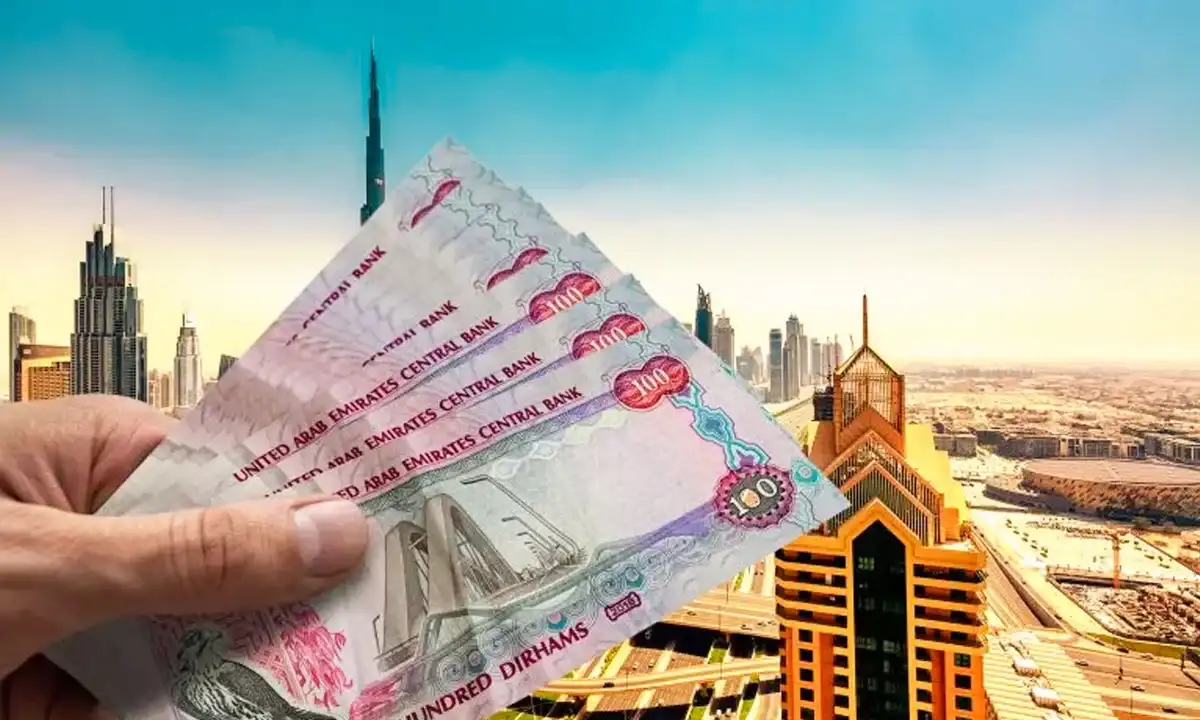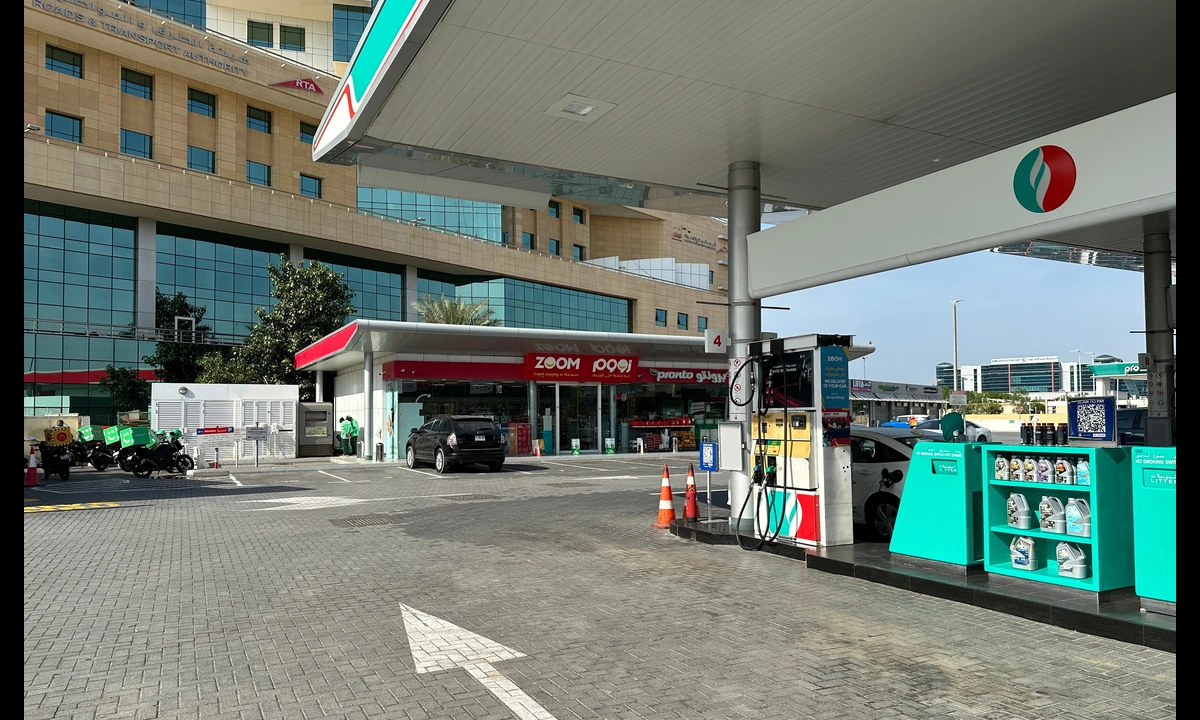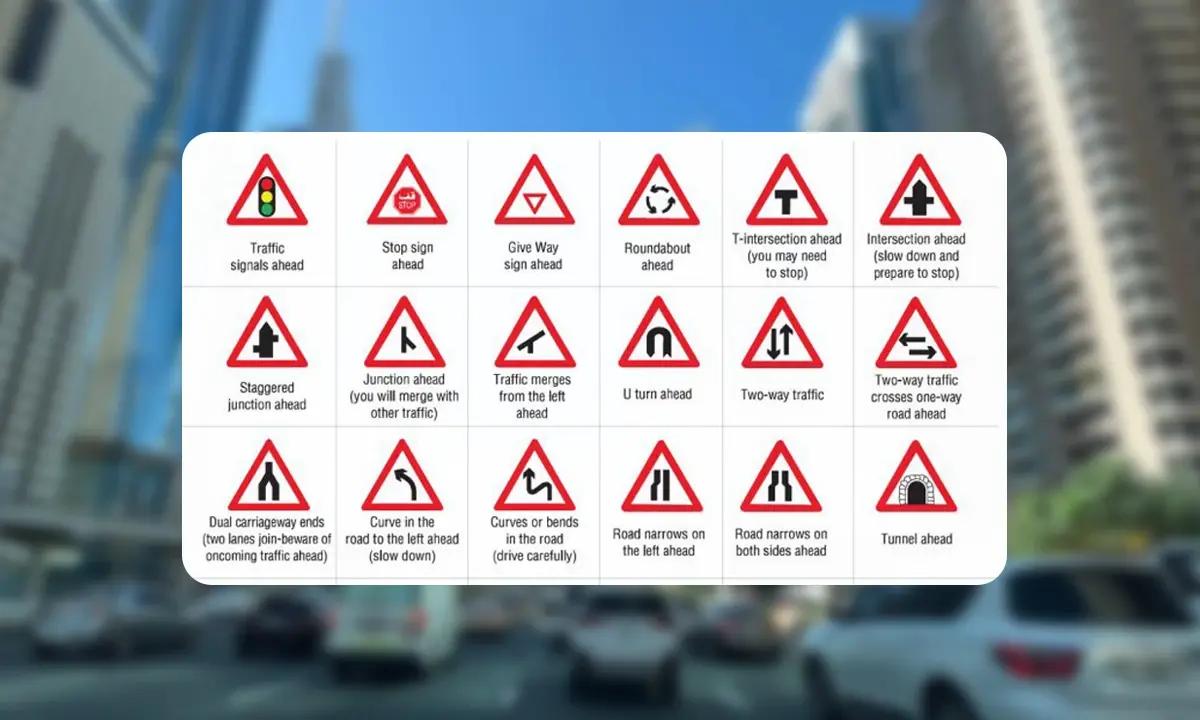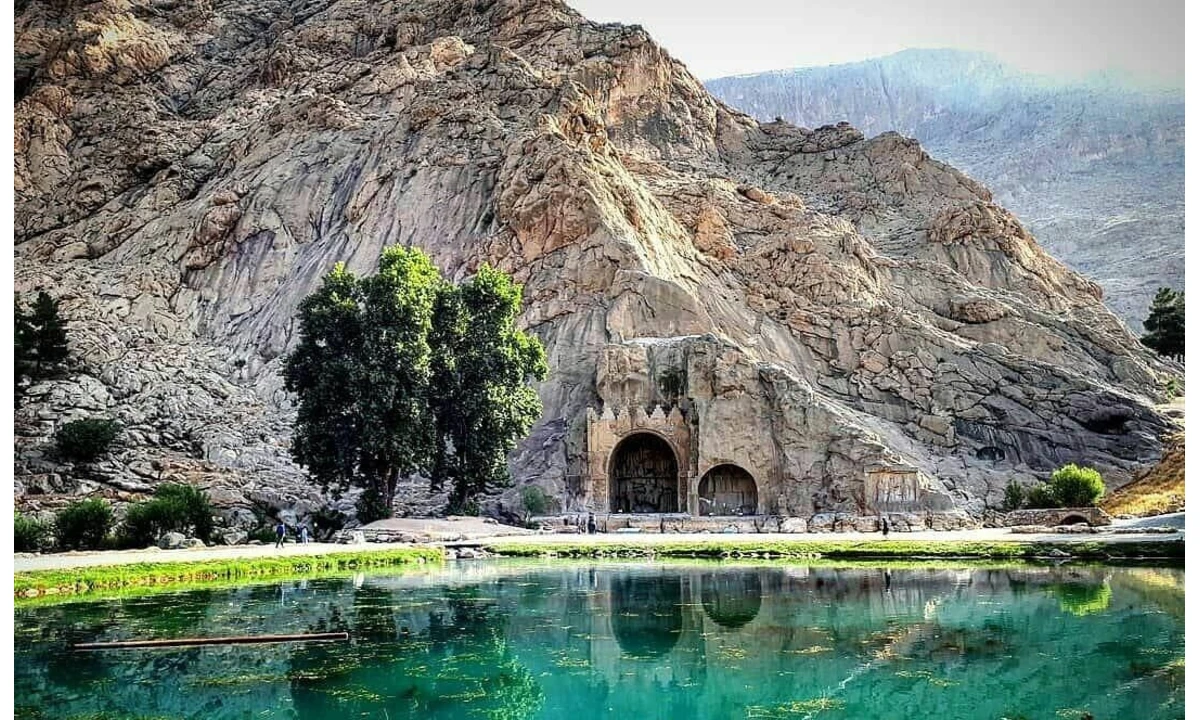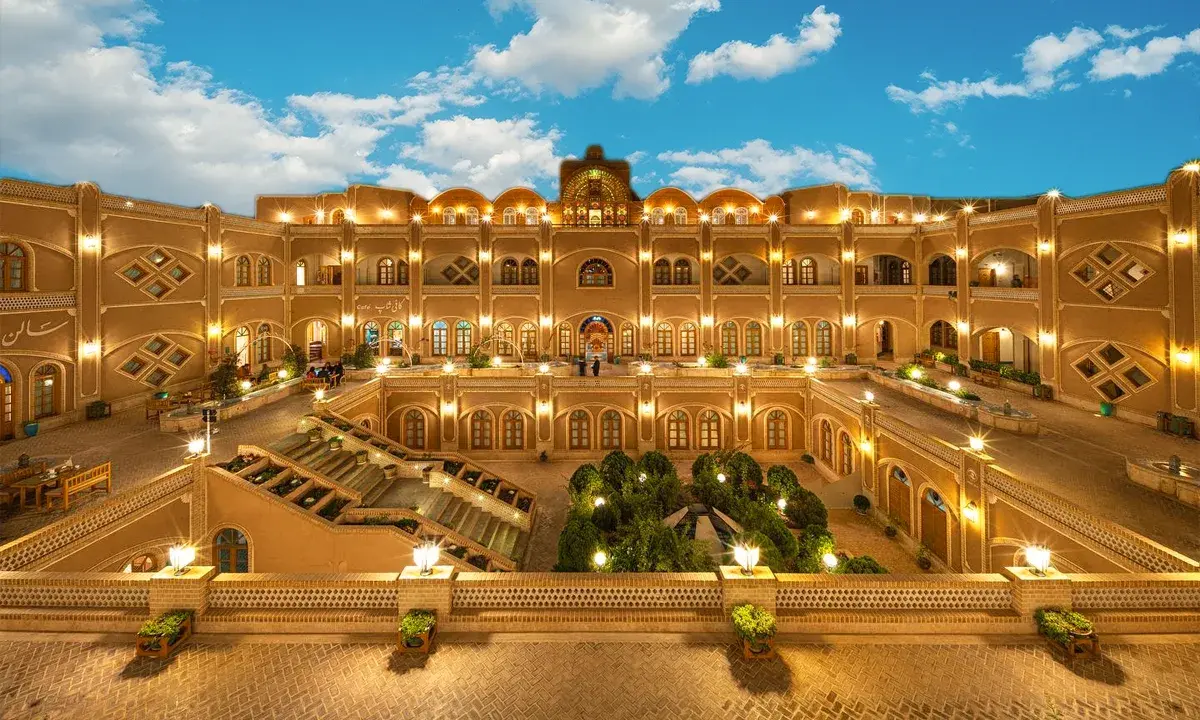Driving in Iran | Guide to Driving in Iranian Cities and Roads
![]() Author : asal | Date : Tuesday 19 November 2024 13:20
Author : asal | Date : Tuesday 19 November 2024 13:20
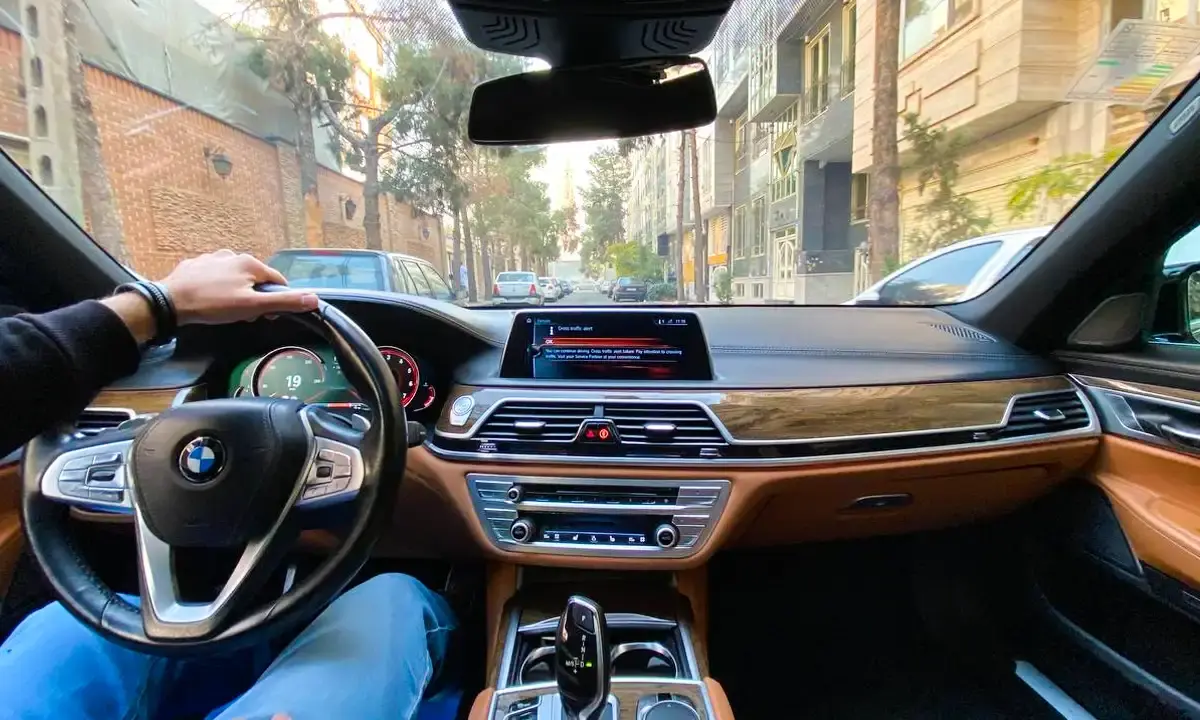
Exploring Iran by car offers a unique and personal way to visit its cities and immerse in its landscapes. Driving in Iran, like in any country, presents its own set of challenges. However, opting for self-drive or renting a vehicle remains an excellent choice for navigating the diverse terrains of Iran. Choosing an economical rental car can further help in minimizing travel expenses.
Driving in Iran is a subject that often raises many questions and uncertainties, which could stem from various factors such as lack of local driving knowledge, inexperienced drivers, or simply impatience. Each driver has their reasons for their particular driving style, which merits consideration from multiple perspectives. What is it like to drive in Iran? This question opens the door to understanding the unique driving culture and road conditions within the country.
Do I need a guide for driving in Iran?
Driving in Iran without a guide is perfectly feasible, particularly if you are traveling with a passport from countries other than the US, UK, or Canada—where different regulations may apply. When applying for a visa, many invitation agencies might ask if you plan to drive in Iran, as they often require a visa authorization number, which is then presented at the embassy to obtain a visa. This requirement is reportedly more an agency practice than an official mandate from the Iranian Ministry of Foreign Affairs.
To simplify your travel plans, it's advisable not to disclose to the invitation agency that you intend to drive in Iran. Despite the explicit queries about driving, maintaining that you will not bring a vehicle can ease the process. Rest assured, this is generally not verified at the border.
Once you have a valid visa, you can freely enter Iran with your vehicle. Consider this: numerous truck drivers from neighboring countries like Turkey, Turkmenistan, and Iraq regularly enter Iran without a guide. Driving in Iran can be straightforward, allowing you to explore the country at your own pace.
✔️Read More: Top Tips About Road Trips in Iran by Rental Cars
Is it safe to drive in Iran?
Driving in Iran is an adventure in and of itself, even if it isn't as horrible as it is generally depicted.
That is correct; going by automobile allows you to appreciate the scenery while also being more flexible. In contrast, traffic in Iran may be chaotic, and regulations are not always obeyed; maneuvering among other automobiles can be challenging.
If you want to check in general, driving in Iran is safe. But, as previously said, to enjoy a safe vacation in this lovely nation, you must be familiar with the driving restrictions in Iran. Then use a car rental in Iran and have a memorable trip in this country.
What are the driving rules in Iran?
Driving in Iran requires special skills to comply with the country's varied driving customs. Although some characterize traffic in Iran as packed and chaotic, driving yourself is a wonderful way to discover the country. These are some of the most important aspects of Iran's driving culture.
- Driving takes place on the right side of the road, whereas overtaking takes place on the left.
- The minimum legal driving age is 18.
- All vehicle occupants must wear seatbelts.
- Personal and third-party insurance is also required.
- Drinking and driving are forbidden, and the legal blood alcohol level is 0.0%.
- Iranian police are authorized to administer drug and alcohol testing on drivers.
- Because many local drivers flout traffic regulations, Iran has a high rate of traffic accidents.
- Roads are typically in good shape, and highways link all major cities.
- Women are authorized to drive in Iran, even though it is an Islamic republic.
- It is illegal to talk on the phone, eat, or drink while driving.
Note: Remember that Iran's driving side is always on the right side.
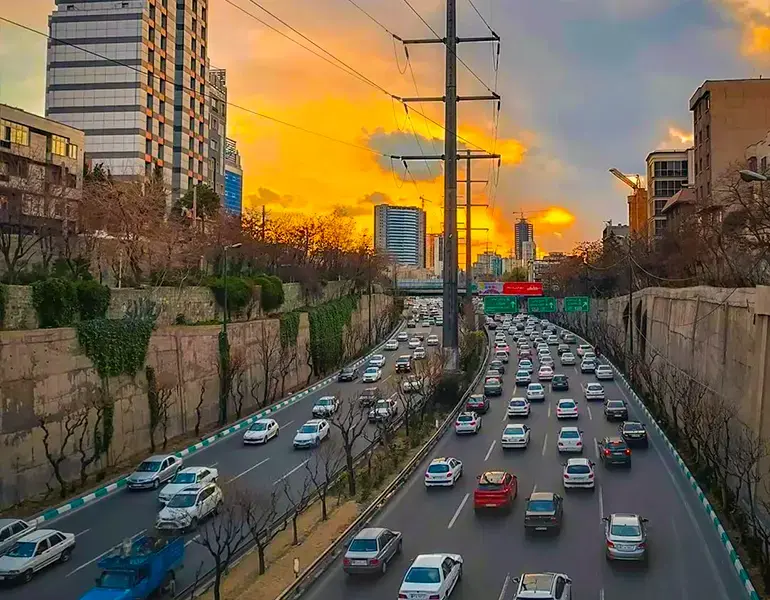
Speed Limits in Iran
- In built-up areas: The speed limit is indeed 50 km/h.
- Outside built-up areas: The typical speed limit ranges from 70 to 110 km/h, depending on the specific type of road and signage.
- On highways: The speed limit can vary from 70 to 120 km/h. However, the maximum limit on most major freeways is 110 km/h, with some sections allowing up to 120 km/h.
Can a woman drive in Iran?
Women are legally allowed to drive in Iran, so female tourists can feel confident about renting and driving a car during their visit. There are no legal restrictions preventing women from driving, ensuring that you can explore the country at your own pace without concern. This freedom to drive is an important aspect for female travelers to know, enhancing the accessibility and enjoyment of your trip to Iran.
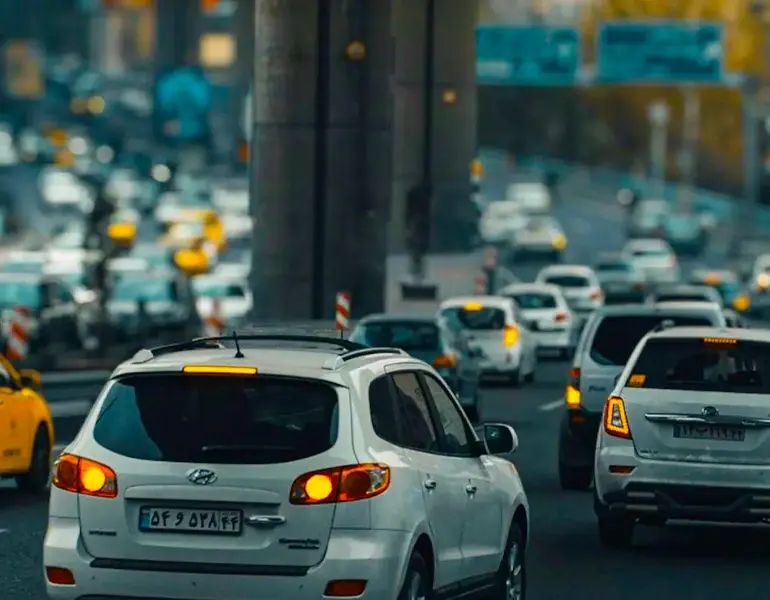
What are Iran's best roads?
Passing through Iran's most beautiful highways is one of the most appealing aspects of the land journey. There is a wide range of climates and vegetation in different locations in Iran. This variety has earned Iran the moniker "land of four seasons," and as a result, there are opportunities to see magnificent environments in our nation throughout the year. If you enjoy seeing Iran by car, you must have driven down some of the most scenic highways in the country.
The most beautiful roads in Iran include:
- Abbasabad Road to Kelardasht
- Ardabil to Astara Road
- Islam Road to Khalkhal
- Shahrood Road to Gorgan
- Chalus Road
- Dohazar Forest Road
- Saravan to Foman Road
- Siakol Road to Dillman
- Filband village Road
- Haraz Road
- Ramsar Road to Javaherdeh
- Hajij Road to Uraman Takht
- Aras to Julfa Road
- Chabahar Road to Gwadar port
- Parisian Road to Bandar Maqam (Bostano)
- Semiram to Yasouj Road
- Shiraz to Kazeroon Road
- Shahrekord to Izeh Road
Iran's dangerous roads
Now, you should also know that Iran's roads are dangerous during your trip so that you don't get into trouble.
Iran's dangerous roads are:
- Chalus Road
- Tehran Mashhad Road
- Ahar Harris Road, Tabriz
- Qom Garmsar Road
- Sirjan Bandar Abbas Road
- Asadabad Road, Hamedan
- Astara Ardabil Road (Hiran Pass)
- Middle Zanjan Road
- Sabzevar Gonabad Road
- Islam Road to Khalkhal
- Abbas Abad Kelardasht Road
- Haraz Road
- Sari to Semnan (Kiasar) road
- Chabahar Kanarak Road
- Guchan Sabzevar Road
- Borujen Lordegan Road
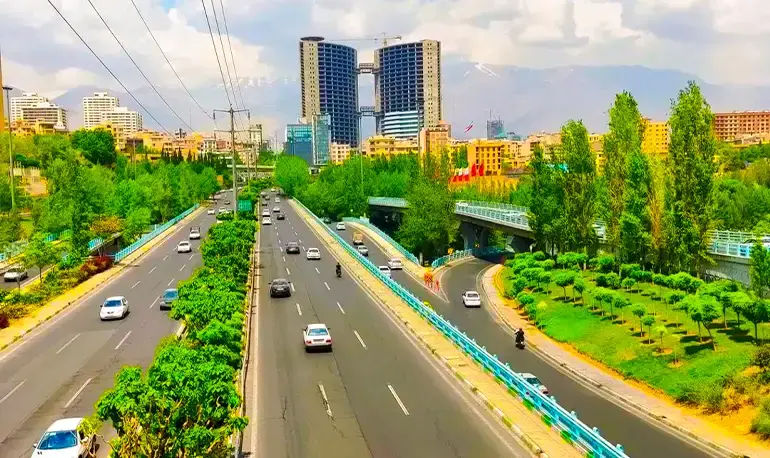
What are the fuel prices, fuel cards, and availability in Iran?
Iran has a fuel card, which is necessary to buy gasoline. Don’t worry; you can get gasoline without it as well. The word for "free" (meaning without a card) is azad in Farsi. The pump attendant will take out his card and sell it to you at the standard price without fuss.
Can foreigners drive in Iran?
Driving with an international driving license (IDL), also known as an international driving permit (IDP) in Iran, is permitted in all nations. You must also provide your legal driver's license from your country of residence.
Is it hard to find a repair shop in Iran?
Hopefully, finding a repair business in Iran would be simple (and rental cars have a dedicated service to cover such unfortunate events). They are commonly seen in the same area, near the city limits. Small repairs may be affordable, but larger issues may be more difficult to resolve.
Last word
As you may know, driving is one of the most popular tourist activities in Iran, as we indicated in the paragraph above. You may enjoy the finest journey in this four-season nation by renting a very suitable automobile and obeying the driving laws in Iran.
FAQ
Do I need an international driver's license to drive in Iran?
Yes, you should obtain an international driver's license before driving in Iran. It's required for tourists and foreign visitors. You'll need to present it along with your original driver's license when renting a car or if you get stopped by the authorities.
What are the speed limits in Iranian cities and on highways?
In Iranian cities, the speed limit is typically 50 km/h (31 mph) in urban areas and 70 km/h (43 mph) on major urban roads. On highways, the speed limit ranges from 90 km/h (56 mph) to 120 km/h (75 mph) depending on the road conditions. Always pay attention to posted speed limit signs.
Are there any specific traffic rules or customs I should be aware of in Iran?
Yes, there are a few important rules to know. Firstly, driving under the influence of alcohol is strictly prohibited and can result in severe penalties. Secondly, seat belts are mandatory for all passengers, and it's advisable to wear them at all times. Lastly, be cautious of local driving customs, such as using your horn frequently as a form of communication, and navigating the traffic patterns which can be chaotic in some areas.
What is the condition of the road infrastructure in Iran?
Iran has a network of well-maintained highways and roads, especially in major cities. However, road conditions in rural areas may vary, and you may encounter unpaved or poorly maintained roads. It's recommended to have a good GPS or navigation app to help you find your way and be prepared for occasional road hazards like potholes or erratic driving behavior.

